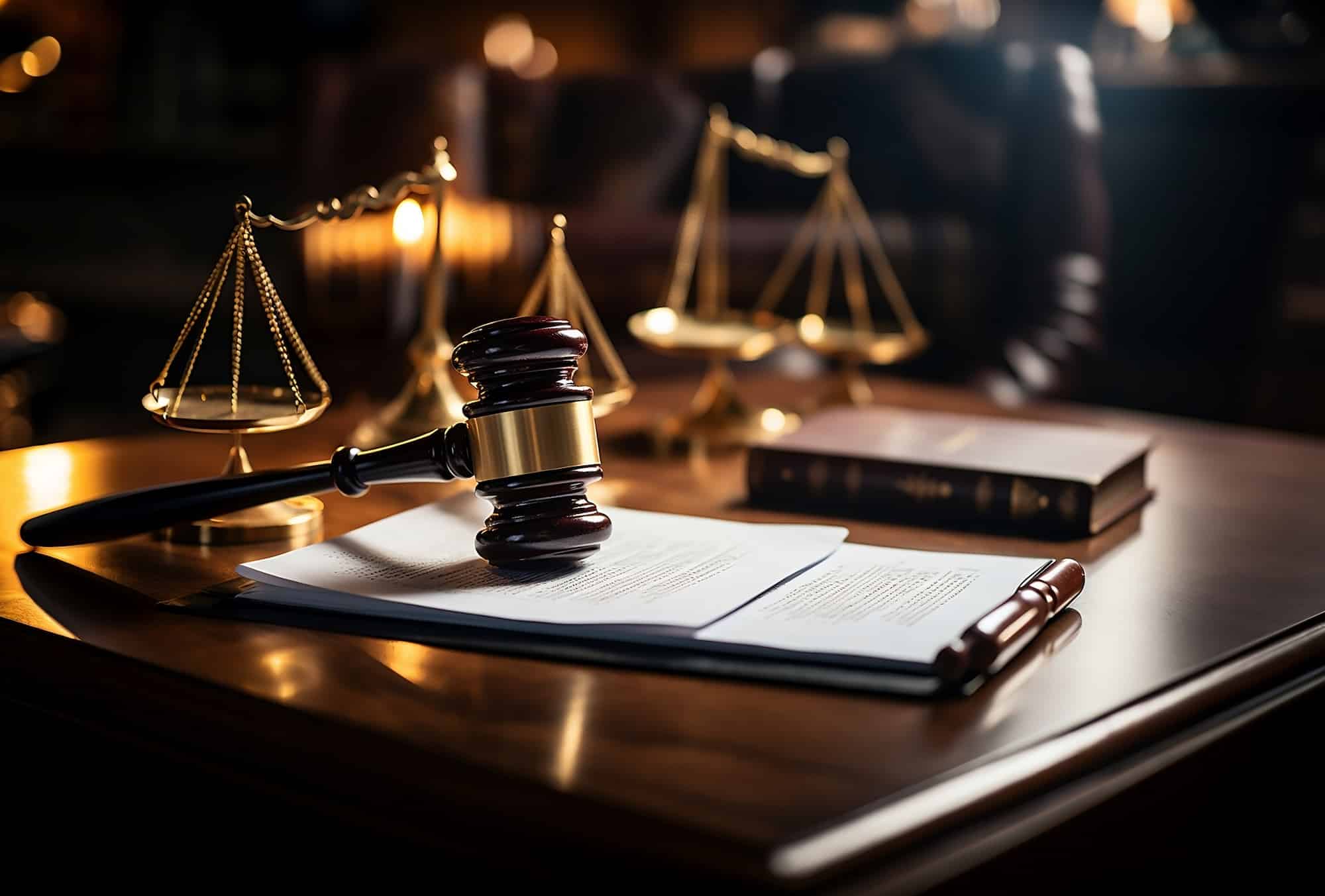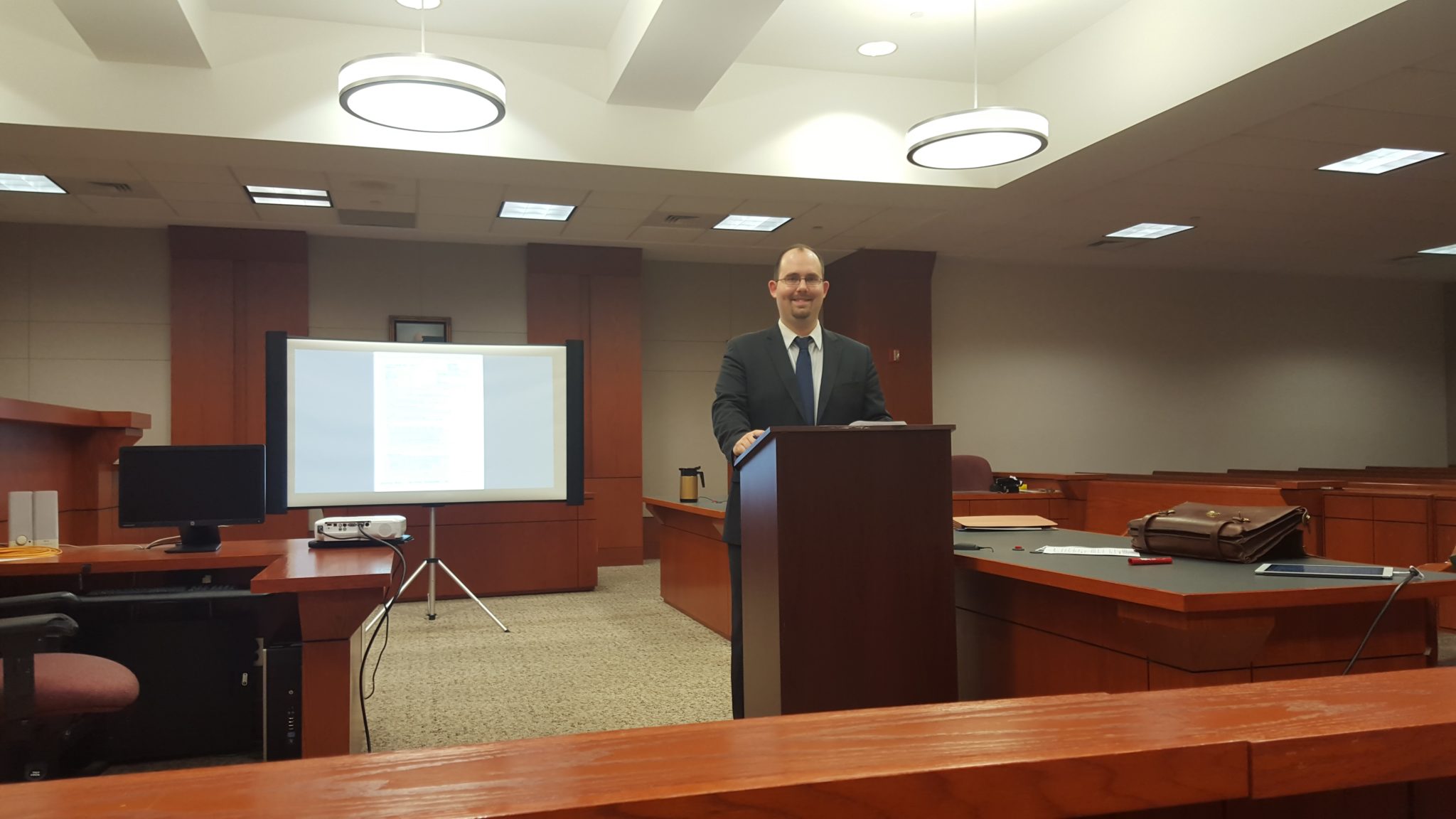Why Your Next Case Needs a Strong Trial Presentation: Insights and Techniques for Lawyers
Why Your Next Case Needs a Strong Trial Presentation: Insights and Techniques for Lawyers
Blog Article
Browsing the Complexities of Test Presentations: Tips for Seamless Delivery and Engaging Arguments
In the world of legal procedures, the art of trial discussion stands as a crucial component of success. As attorneys browse the intricate internet of courtroom dynamics, the capacity to perfectly supply arguments and proof while captivating the jury's focus becomes vital. The complexities intrinsic in test presentations need a fragile balance of skill, ability, and technique. By developing methods that ensure a sleek delivery and crafting compelling disagreements that reverberate with the target market, legal professionals can substantially enhance their advocacy. In a globe where persuasion preponderates, understanding the intricacies of trial presentations is not simply a choice however a need for those looking for to dominate in the courtroom.

Comprehending Test Purposes
To effectively navigate a trial, it is important to have a clear understanding of the goals that require to be attained. Prior to entering the court room, lawful groups must define their goals and desired outcomes. These objectives serve as directing principles throughout the trial, shaping techniques and influencing decision-making processes.
Understanding trial objectives involves a comprehensive analysis of the case, lawful criteria, and the customer's benefits. Trial Presentations. It needs a careful assessment of the truths, determining essential issues, and anticipating possible obstacles. By establishing measurable and specific objectives, lawyers can tailor their discussions and disagreements to line up with the desired outcomes
Additionally, a clear understanding of trial purposes allows legal teams to focus on evidence, witnesses, and legal debates successfully. It enables for the development of a systematic narrative that resonates with the court and jury, strengthening the total situation discussion.

Organizing Proof Successfully
Having a clear understanding of trial objectives lays the structure for organizing evidence properly in lawful procedures - Trial Presentations. By aligning the discussion of evidence with the desired end results of the trial, lawful groups can strengthen their debates and improve their persuasiveness. One important aspect of arranging evidence is classification. Grouping proof based upon themes or importance to particular lawful aspects can help simplify the presentation and make intricate info more absorbable for the judge or court.
Another trick aspect in organizing evidence properly is establishing a sensible flow. Providing proof in a coherent and consecutive way can aid build an engaging story that sustains the legal arguments being made. Additionally, using visual aids such as charts, graphs, or timelines can further boost the company of evidence and assist in clearing up intricate relationships or sequences of events.
Furthermore, guaranteeing that all proof offered is appropriate and acceptable to the instance is essential. Inadmissible or pointless proof can interfere with the toughness of the argument and potentially harm the trustworthiness of today event. Consequently, a meticulous review and selection process should be undertaken additional reading to include only the most legally audio and impactful proof in the test discussion.
Crafting Influential Stories
Crafting compelling narratives plays a pivotal role in presenting persuasive arguments during legal proceedings. A well-crafted narrative has the power to captivate the target market, stimulate feelings, and inevitably guide the choice for today celebration. When building a narrative for a trial discussion, it is important to develop a clear story that highlights crucial factors and links them in a coherent manner. Begin by outlining the realities of the instance in an engaging way, guaranteeing that the sequence of occasions is very easy to comply with. Introduce personalities properly, supplying background information that aids the target market comprehend their motivations and activities. In addition, including brilliant descriptions and interesting language can bring the story to life, making it much more remarkable for the discretionary. By weaving with each other evidence, testimony, and lawful disagreements into a natural and convincing narrative, lawful professionals can properly promote for their clients and increase the possibility of a favorable result in the courtroom.
Grasping Aesthetic Aids
Effective use aesthetic help is key to improving the influence and quality of trial presentations. Visual help, when made use of purposefully, have the power to simplify complex info, reinforce essential factors, and leave a long-term impression on the discretionary. To master visual aids in trial discussions, it is critical to ensure that they are clear, concise, and relevant to the arguments being made.
When integrating visual help, such as charts, graphs, photos, or timelines, right into a test discussion, it is vital to maintain them aesthetically appealing yet specialist. The visuals need to enhance the spoken debates, giving a graph of the info being gone over without overwhelming the audience with unnecessary information.
Moreover, exercising with the aesthetic help in advance is imperative to make certain a smooth shipment during the trial. Acquainting oneself with the web content, shifts, and timings of each visual aid can aid keep the flow of the presentation and protect against technological problems that may emerge.
Supplying Impactful Closing Disagreements
An engaging closing argument offers as the culmination of a test discussion, encapsulating the core story and persuading the court and jury towards a desirable decision. Begin by detailing the main disagreements that sustain your customer's setting, stressing why the evidence presented throughout the test sustains your narrative.
Additionally, including sob story can better strengthen your closing disagreement. By humanizing the instance and connecting his comment is here on an individual degree with the decision-makers, you can evoke empathy and understanding, influencing their assumption of the realities presented. Furthermore, repeating the lawful criteria that must be satisfied for a positive judgment can enhance the validity of your position. Ultimately, a well-crafted closing disagreement must leave an enduring impact, engaging the discretionary to regulation in your customer's support.
Conclusion
In conclusion, mastering test discussions entails recognizing purposes, arranging evidence, crafting narratives, utilizing visual help, and supplying impactful closing disagreements. By carrying out these methods efficiently, attorneys can present their case flawlessly and make engaging disagreements in the courtroom. It is essential to browse the intricacies of trial presentations with accuracy and ability to accomplish success in legal process.
By lining up the presentation of proof with the preferred results of the trial, lawful teams can strengthen their debates and improve their persuasiveness (Trial Presentations). To master aesthetic aids in test discussions, it is essential to ensure that they are clear, succinct, and appropriate to the arguments being made
An engaging closing argument offers as the conclusion of a test discussion, encapsulating the core story and persuading the court and jury in the direction of a beneficial choice. Begin by detailing the main debates that support your client's placement, highlighting Recommended Site why the proof provided throughout the test supports your story.In conclusion, understanding trial discussions involves comprehending objectives, organizing proof, crafting narratives, making use of visual aids, and delivering impactful closing disagreements.
Report this page